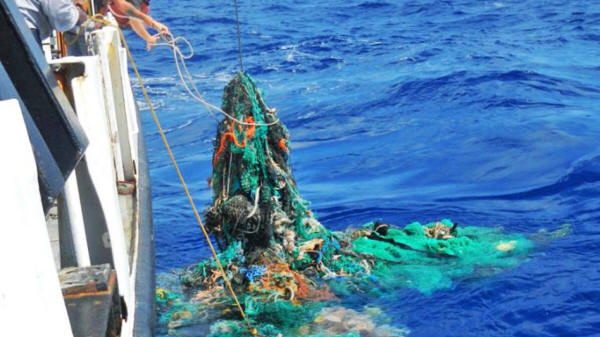|
The garbage patch was first discovered in 1997 when oceanographer Charles Moore and his crew sailed through it in one of the most remote regions of the Pacific Ocean.
A three-year study (Evidence that the Great Pacific Garbage Patch is rapidly Accumulating Plastic) published Friday in Science Reports shows that the GPGP is larger, growing faster, and has different characteristics than researchers previously thought.
Most notably, the results showed that the patch takes up about 1 million square miles - four to sixteen times larger than previous estimates.
Worse, it appears to be growing exponentially.
The study, which was conducted by The Ocean Cleanup Foundation, six universities, and an aerial sensor company, used aircraft surveys and 30 ships to study the size and characteristics of the garbage patch.
They collected a total of 1.2 million plastic samples and scanned about 186,000 square miles of ocean surface.
The plastic samples they collected were diverse. A total of 50 items had readable production dates, ranging from the 1970s to 2010, and 386 items contained readable words in nine different languages:
The researchers think that almost half of the 80,000 metric tons of garbage came from discarded fishing nets, while 20 percent was debris from the 2011 tsunami in Japan.
Microplastics, defined as those between 0.05-0.5 cm, made up 8 percent of the mass.
Trash enters the ocean in a variety of ways:
Large plastic items discarded into the ocean can break down into microplastics, posing a threat to marine life, which can mistake plastic fragments for food.
But debris of all sizes poses hazards for the world's ocean life.
Map of the GPGP used in the study
The Ocean Cleanup Foundation has plans to start reducing the garbage patch in 2018 with large floating structures that it says could remove about half of the garbage within five years.
Still, not everyone is convinced the plan is feasible.
Either way, there's steps everyone can take to slow the growth of the Great Pacific Garbage Patch.
|



